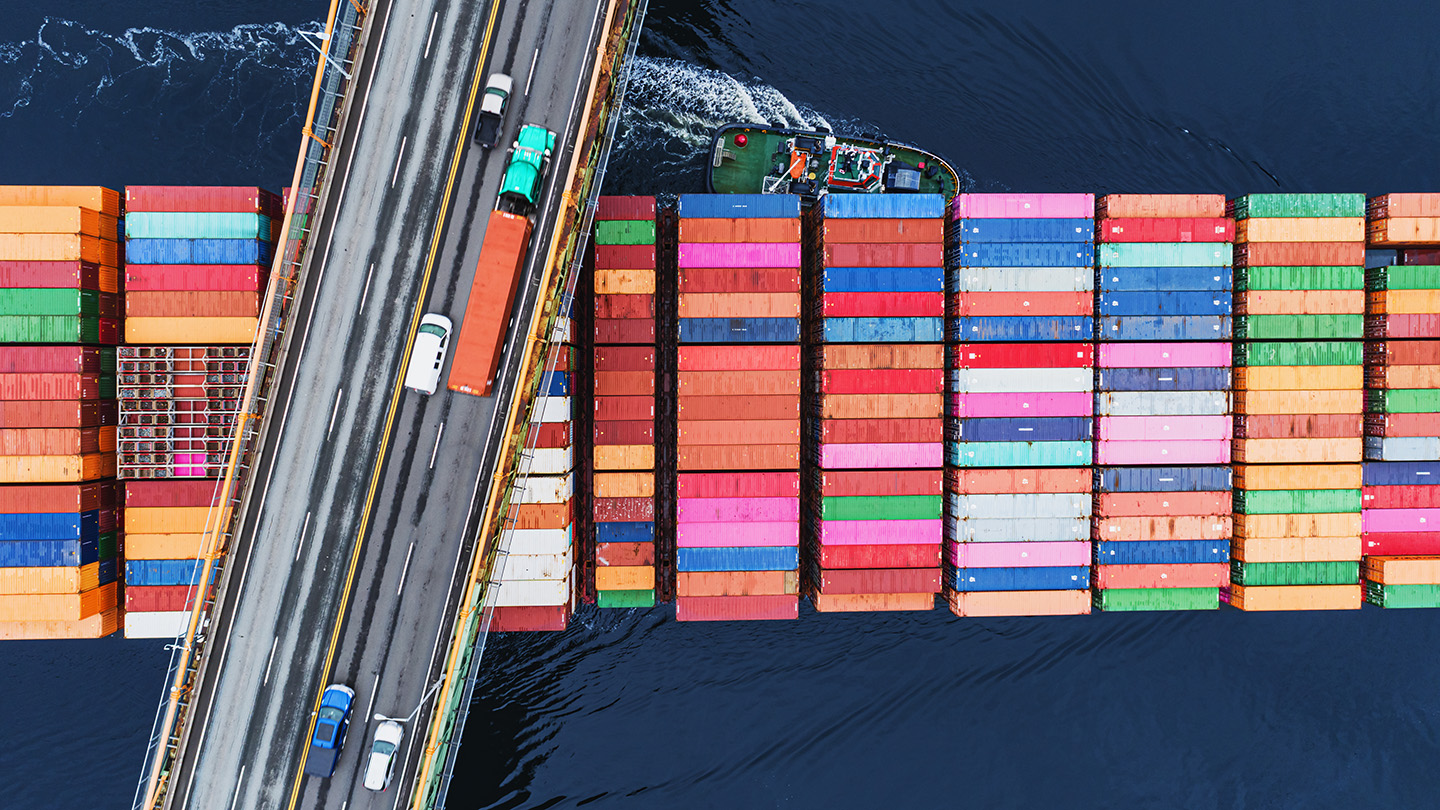Opinion: India Could Be the Next Engine of Global Growth
About the author: Brian P. Klein is the founder of RidgePoint Global, a strategic advisory firm, and a former U.S. diplomat.
You’d be hard pressed to find countries these days that have the enviable combination of a youthful population, tech expertise, a dynamic start-up environment, and steady gross domestic product growth. China had that once, the U.S. too. Now it’s India’s turn. If its political leaders can shape a business environment conducive to rapid, clean, and equitable growth, it could be the next engine of global growth.
Geopolitical configurations are slow to change, but China’s dramatic economic slowdown coupled with the U.S. emphasis on commercial diversification is reshaping the global economy and creating major economic re-alignments. India is set to be a main benefactor of this great supply chain reorganization. With the right reforms, this could be, without hyperbole, India’s century.
Major corporations already realize that the subcontinent nation of 1.4 billion people is poised for a breakout. Apple opened its
first Indian stores in Mumbai and Delhi this year and launched an Indian-manufactured iPhone 15. Its major manufacturing partner
Foxconn is building out several new facilities including investing $360 million on a factory to manufacture phone-case components and $240 million on a semiconductor plant.
Tesla is planning a major car factory.
Nissan is even looking to expand from domestic production to exporting its Indian-made cars.
Seeing the opportunity to jump several rungs up the value-added ladder, Prime Minister Narendra Modi is promoting the country as a new semiconductor manufacturing hot spot, ready to fill the gaps created as the U.S. and other countries diversify their supply chains from an overreliance on China. Modi has pledged $10 billion to help build capacity. Micron is
planning an up to $825 million investment in the sector and AMD has pledged $400 million over five years.
These aren’t market-shattering sums. But more will likely follow if government policies are implemented in ways that accelerate business formation. China, at a similar stage of economic development in 2007 attracted
$156 billion in foreign direct investment, according to World Bank statistics. India last year attracted roughly
$50 billion.
The room to grow is expansive. India has the
highest GDP growth among the G20, clocking in 7.8% annually as of June 2023 versus China at 6.3% and the U.S. at a sluggish 2.6%. India’s GDP of
$3.4 trillion still pales in comparison to China’s nearly
$18 trillion. Consider, however, that it took China only 15 years, from 2007 to 2022, to grow from where India’s GDP is now to become the second-largest economy in the world.
India also has many of the same characteristics that made China’s rise possible. It is positioned at the crossroads of global trade, rich in natural resources, and has a young labor force eager to increase their standard of living.
While India’s policies share some of China’s socialist bent, a main difference between the two has been Beijing’s singular focus on economic growth and the infrastructure to support it. That, and the ability to efficiently implement policies from the capital across the country.
These two criteria are perhaps some of India’s biggest challenges, but there are others. High tariffs may hamper cost-effective imports for many of the inputs and equipment that manufacturers will need. The electrical grid, port operations, and skilled labor all need improvements as well.
To truly become a manufacturing juggernaut like China, India will also need to incentivize supply-chain depth and breadth. One of the reasons China grew so quickly was that parts manufacturers were located very close to the factories that depended on them. That significantly brought down production times and increased the ability of manufacturers to change what they produced in response to market demand.
Special economic zones equipped with infrastructure built to sustain rapid growth are essential to attract investment and support this kind of capability. At the moment, investors are not convinced that government support is sufficient. Foreign direct investment in India has dropped over the past year while post-Covid economic activity was rebounding.
With enough effort this can all be accomplished, but it will take a whole-of-government approach, including local and state-level cooperation with the center, a notoriously difficult task in a country with dozens of languages and competing regional interests. Entrenched interests, regional rivalries, endemic poverty, and corruption have all severely limited India’s potential.
New Delhi can also avoid much of the spurious spending that now plagues China’s economy. Its leaders need to resist incentivizing excessive public expenditures on high speed rail routes to remote regions, for example, and an overemphasis on speculative real estate development. India can expand its judicial infrastructure by giving foreign firms access to specialized courts to adjudicate commercial disputes in a timely manner. And China’s success in building out critical urban infrastructure, attracting foreign capital, and easing trade restrictions are worth emulating.
India is attempting to grow at a time of increasing environmental constraints, something only recently encountered in China. Water shortages, drought, devastating storms, and sea level rise will all impact India in ways unseen in modern history. High temperature records continue to be broken, with New Delhi recording its hottest temperature in 85 years this month: over
104°. August was also the hottest and driest month in the country’s recorded history.
Still, the India rush is on. With a projected median age of only
40 years by 2040, India’s youth-dominated population will be more likely to embrace and capitalize on the changes ahead, unbound by old-economic norms. Solar farms in increasingly uninhabitable areas, for example, can generate electricity. Heat pumps can efficiently cool the air. New urban areas outside of existing mega-cities can use smart, green tech to create world-leading cities.
Decades of growth akin to China’s boom years of reform and opening are waiting to be unleashed. It’s India’s opportunity of the century.
Guest commentaries like this one are written by authors outside the Barron’s and MarketWatch newsroom. They reflect the perspective and opinions of the authors. Submit commentary proposals and other feedback to ideas@barrons.com.





